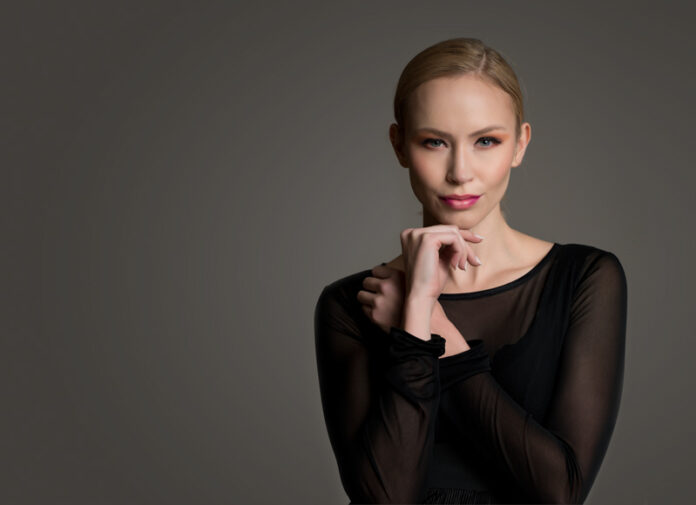by Steve Ellinger
A piece of advice given to me years ago was “Do one thing and do it very well.” As a fashion and agency photographer, that has proven to be good advice. But doing things very well often requires utilizing the skills of others as well. My fashion photography work has been published in this publication and many others, and it typically shows a professional model in fashion poses and looks. What you don’t see, until now at least, are those who work behind the scenes to make it happen, and there are often many.
As a frequent speaker at PPA events, I’m often asked, “Do you use a full team?” On a typical shoot, depending on its purpose, it will include (at a minimum) myself, a make-up and hair artist (MUAH), and a stylist. At times, I may also have an assistant to help with gear and set-up, or just general gopher work. I may also have a creative director on board who will work from a mood board, especially if it is for an editorial layout.
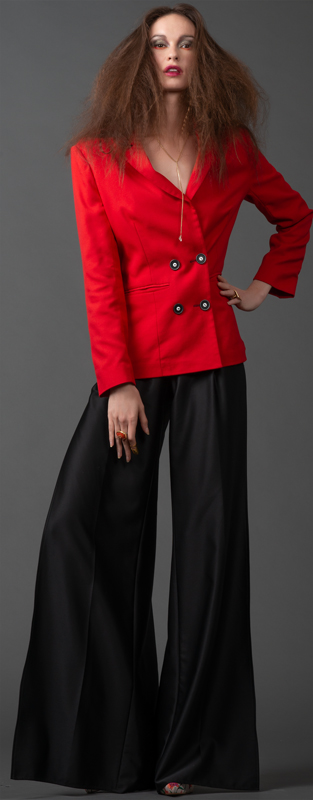 For a typical shoot day sequence, I always issue a call sheet with all details of the shoot, arrival times, etc., about three weeks prior to the shoot. This gives all parties involved ample time to plan for travel and other preparations. Although some other photographers do things differently, I ask the entire team to arrive at the same call time so that we can have a short team meeting to go over the day and what I expect. The wardrobe stylist and I have already had a discussion at this point as to what is pulled and brought to the shoot. The make-up artist will then be thinking about how he/she wants to coordinate their work with the wardrobe for colors and styles. If a creative director is on board for an editorial, they will actually oversee that entire process so that the end results reflect what the editorial is all about.
For a typical shoot day sequence, I always issue a call sheet with all details of the shoot, arrival times, etc., about three weeks prior to the shoot. This gives all parties involved ample time to plan for travel and other preparations. Although some other photographers do things differently, I ask the entire team to arrive at the same call time so that we can have a short team meeting to go over the day and what I expect. The wardrobe stylist and I have already had a discussion at this point as to what is pulled and brought to the shoot. The make-up artist will then be thinking about how he/she wants to coordinate their work with the wardrobe for colors and styles. If a creative director is on board for an editorial, they will actually oversee that entire process so that the end results reflect what the editorial is all about.
I generally allow about 45 minutes for the team to do MUAH and styling. While they are doing that, I am setting up lights, backgrounds, stands, and anything else that is necessary so that, when the model walks out onto the set, all I have to do is take a quick light check and we are off and running. The model already knows what we are shooting for, so we don’t need time to figure out the shoot direction. Also, since the model is a professional agency model, she will be delivering the goods from the first click of the shutter.
During the shoot, I am looking at pose, eyes, shadows, etc. The stylist, on the other hand, is looking at every detail on the wardrobe, such as the belt, collar, sleeves, hemline, to be sure that everything is just right. Meanwhile, the MUAH artist is looking at the make-up and hair. Both will often look at my screen… Is it too shiny? Does the lip color photograph in the same shade as the garment? There are a number of things they may notice that I probably will not see. Often, as I am about to pull the trigger and grab the shot, one of them will, without notice, walk on set to fix something. Do they stop and ask me? No. They just do it because it can save time and stopping everything to adjust a sleeve will impeded my schedule. Do I mind? Not at all. That’s exactly what I want them to do. There is nothing worse than looking at the perfect capture in post-production, only to have it ruined because the hair is wrong or some other detail that is out of place. While I am shooting, these other professionals are standing near me, all working together and watching something entirely.
Depending on the intent of the shoot, I can usually capture the “look” in 5 to 10 minutes. Once I feel like I have it “in the can,” I am ready to go to the next “look.” Since time is everything on a fashion shoot, the model and team quickly head back to the dressing room for the next wardrobe which is already arranged in order. The MUAH already knows the next look and all are readying the model for the next set. There is no “So, what do we do next?” It’s already decided, laid out, and ready to go. With military precision, the team starts the prep and, in very short order, out walks the model and the team for the next look and, with every set, at least 3 to 4 sets of eyes are on the model, each gazing in detail at different things. At this point, an assistant will usually be bagging and re-hanging the previous wardrobe, checking it on the pull list from the designer or boutique, and having the next look ready. There is no downtime. I’m known as one of the fastest shooters out there and that reputation is recognized by the team so they know to be expedient in the model turn around.
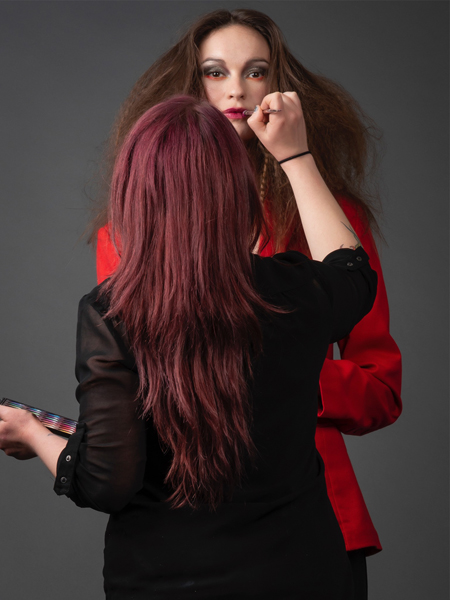
with the MUAH artist during her fashion shoot.
At times, it is necessary to make changes to the set, lighting, or backdrops. If I know that up front, I will usually have an assistant on hand to make that happen quickly. These changes should never take over 8 to 10 minutes so as to not hold up the shoot. Having an assistant who has worked with me previously is preferable since they know what I need. “Just give me a high-key white set-up…” or “give me a full linear parallel light set-up…” and, bam, it gets done. I love doing studio work because I can control everything. But, when I do shoot on location, the team also must be looking at weather elements, perspiration, continuously changing light, bystanders (yes, that can be a problem), and equipment. Location shooting means their work gets harder, especially in the extreme West Texas elements. Having a photographer’s assistant can be most beneficial and I’m constantly being asked to let someone intern for me.
My recommendation is to always have a professional team onboard, even at additional cost. If one is to be serious about doing great fashion and agency work and building a reputation, then it is paramount to include the very people that can make it happen. At the very least, having a MUAH artist is a must. Also, I can assure you that agencies DO have a specific look they want to see and, if you vary from that, your images will never see the pages of an agency portfolio, comp card, or website.
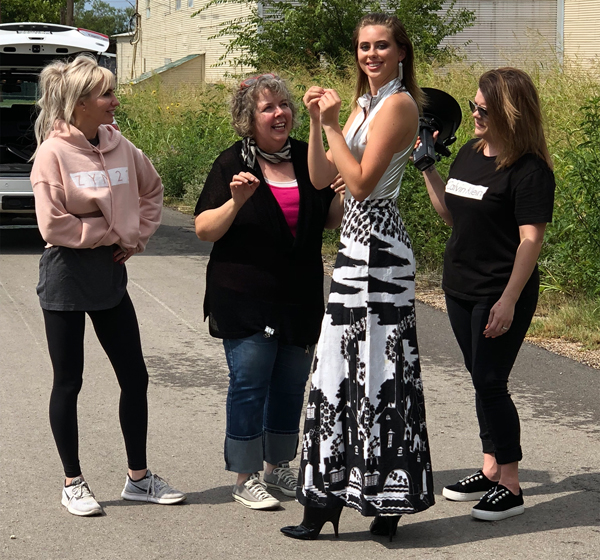
Here is another important tip. A correct, minimal make-up look will generally take more skill than an over the top look. Agency testing needs to be minimal, clean, and clear. It takes a professional.
So, where does a beginning agency photographer look for work? Consider your local Facebook pages (most have a local MUAH group), the credits of photographers work you like, or even a visit with local salons. They are out there. Styling can be a bit more difficult, however, because that requires local sources or stylists that have a good reputation with designers. I’ve seen new photographers who have tried to do this with no budget or without including a professional team. But, in most cases, the end result looks very amateur. If you are reading this magazine, the word “professional” already means something to you. So, use a “professional” team to make it happen
for you!
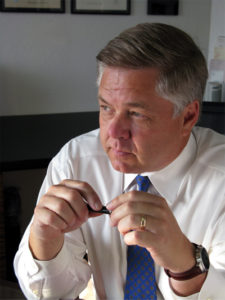
Steve Ellinger based in Abilene, Texas, is an architect (FAIA), educator, speaker, and published fashion photographer. He is also a frequent lecturer and instructor in fashion. Learn more about Steve and his photography at: www.steveellingerphoto.com.



